Product Details of Clay Kadahi / Mitti ki Karahi / Clay Cooking Pot:
A Clay Kadai, also known as Mitti ki Karahi or Clay Cooking Pot, is a traditional cooking utensil made from natural clay. It is commonly used in various cultures around the world, particularly in South Asian and Middle Eastern cuisine. Here are some product details and information about its usage:
Material: The primary material used for a Clay Kadai is natural clay or terracotta. It is sourced from the earth, shaped into the desired form, and then fired at high temperatures to harden it.
Design: The Clay Kadai is designed with a wide and shallow shape, resembling a wok or karahi. It usually has a flat bottom and flared sides, which allow for efficient heat distribution and cooking.
Size: Clay Kadais come in various sizes, ranging from small to large. The size you choose depends on your cooking needs and the quantity of food you usually prepare.
Benefits:
Healthier Cooking: Cooking in a Clay Kadai is believed to be healthier as compared to metal cookware, as it doesn’t leach any harmful chemicals or metals into the food.
Natural Flavor Enhancement: Clay cooking pots are porous, and they absorb some moisture during cooking. This moisture is then released back into the food, helping to enhance its flavor and retain its natural nutrients.
Heat Retention: Clay has excellent heat retention properties, which means that it heats up slowly but evenly. This helps in preventing food from sticking or burning.
Slow Cooking: Clay Kadais are great for slow-cooking dishes, allowing the flavors to develop and meld over time.
Usage and Care:
Seasoning: Before using a Clay Kadai for the first time, it’s advisable to season it by soaking it in water for a few hours. This helps prevent cracking during the first few uses.
Pre-soaking: Before cooking, it’s recommended to soak the Clay Kadai in water for about 15-20 minutes. This additional moisture helps prevent the pot from getting too hot too quickly and potentially cracking.
Low to Medium Heat: Clay cooking pots should be used over low to medium heat to avoid sudden temperature changes that can cause cracking.
Hand Washing: Avoid using harsh detergents or putting a Clay Kadai in the dishwasher. Instead, wash it gently with warm water and a soft brush or cloth.
Drying: Allow the Clay Kadai to air dry completely before storing it. Storing it while damp can lead to mold growth.
Cooking Types: Clay Kadais are used for various cooking techniques, including sautéing, frying, simmering, and even baking certain dishes like bread or desserts.
Cautions:
Fragile: Clay Kadais are more fragile than metal cookware, so they require careful handling to avoid chipping or cracking.
Temperature Changes: Avoid exposing a hot Clay Kadai to cold water or placing it on a cold surface, as sudden temperature changes can cause it to crack.
When using a Clay Kadai, it’s important to keep in mind its unique properties and care requirements. Proper usage and maintenance can help you enjoy the benefits of this traditional cooking vessel while prolonging its lifespan.

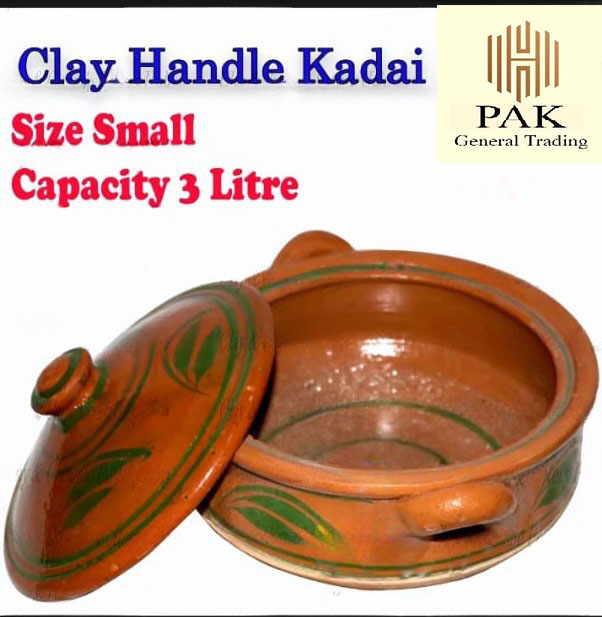
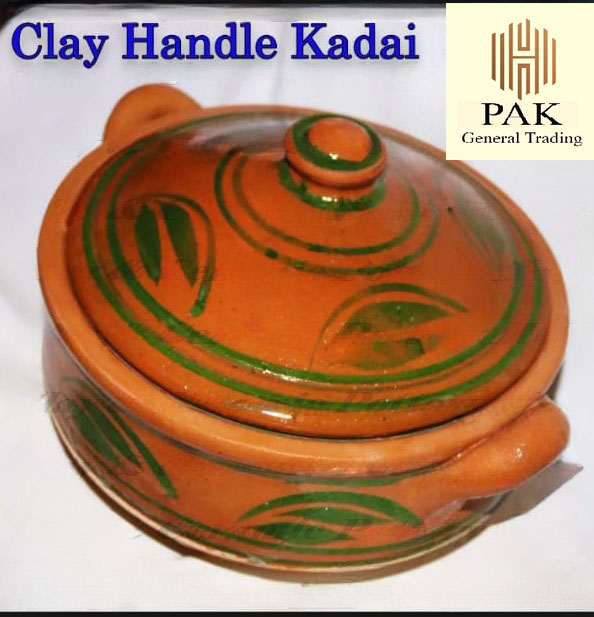
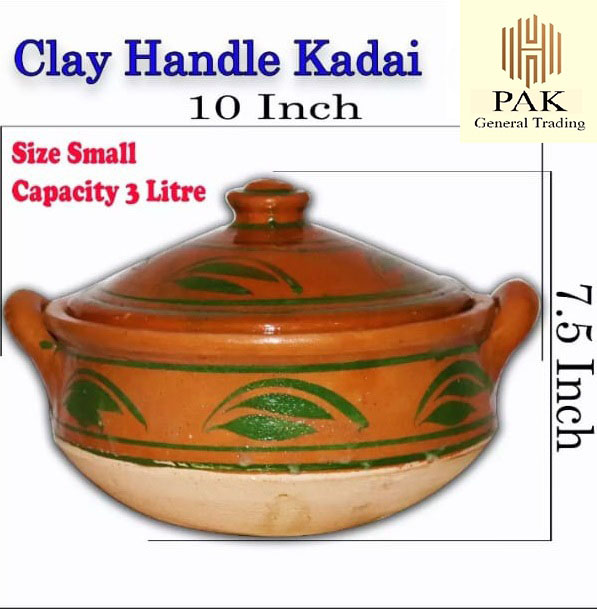

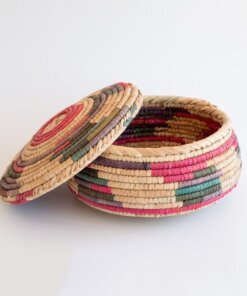



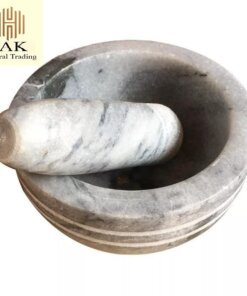
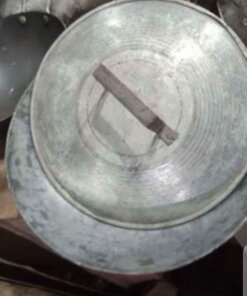
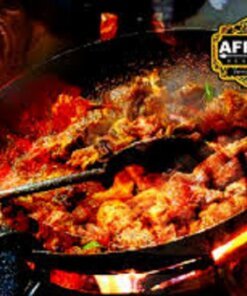
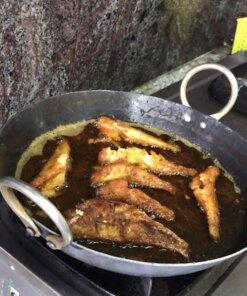
Reviews
There are no reviews yet.